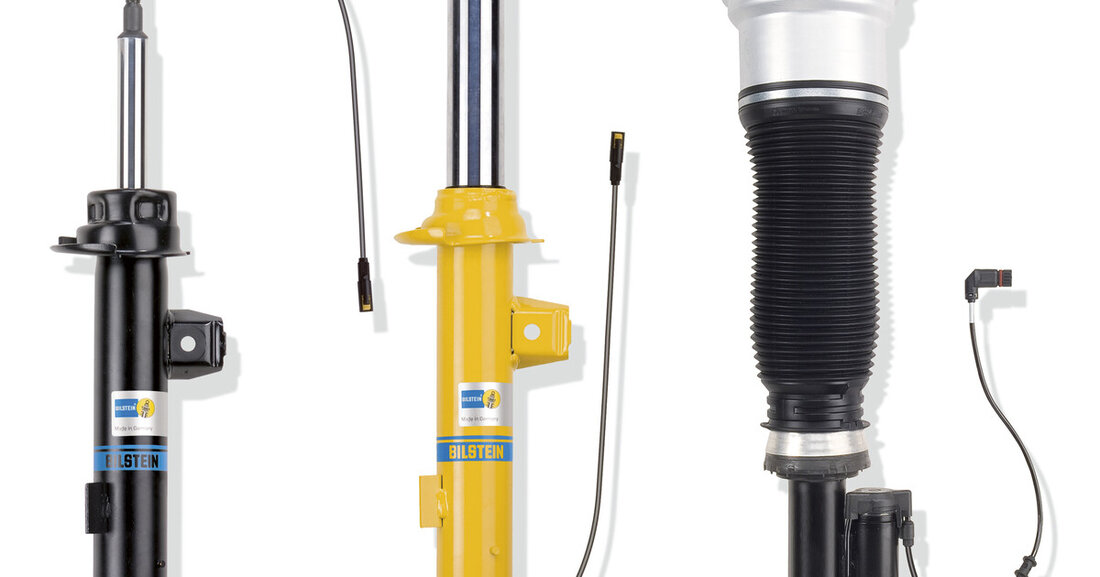Just as good, but cheaper
If clever chassis fail, things can quickly become expensive. Bilstein has attractive replacements in OE quality.

Just as good, but cheaper
Cars are becoming more and more clever, keyword: active chassis. "Depending on the situation or the driver's wishes, they oscillate between sporty and comfortable, sometimes with more or less intermediate levels or damping force spread. This ensures the perfect driving experience and safety," explains Dimitris Kouvaras, Global Training Manager at the Bilstein Academy. The other side of the coin: If shock absorbers for active suspensions are defective or worn, replacement is significantly more expensive than conventional, non-active material.
Owners of older vintage cars in particular are therefore looking for affordable alternatives to original parts. Although fair value replacements from the aftermarket are significantly cheaper, they rarely support active regulation. This turns an active high-tech chassis into a passive, conventional chassis. Workshops that want to offer their customers a better solution can use the Bilstein aftermarket shock absorbers B4 and B6 with the addition of DampTronic. These replicate all the features of the original shock absorbers and can be installed just as easily using the plug-and-play motto. Bilstein offers its B4 air suspension modules for vehicles with air suspension. In contrast to many remanufactured products (=recycled old parts), they continue to support active chassis control.
Defective air suspension modules are often replaced with cheaper remanufactured parts. However, the price advantage can come at the price of various disadvantages in terms of performance and functionality. The Bilstein B4 air suspension modules can be an alternative to expensive original parts. As one of the few aftermarket options, they are completely brand new, while reconditioned old parts include used shock absorbers with uncertain wear status. In addition, manufacturers of remanufactured components often shut down the electromagnetic control valve instead of replacing it. This turns a high-end system with active control into a passive system - and is therefore a technical step backwards for the end customer.
More information for suspension professionals can be found here!

 Suche
Suche
 Mein Konto
Mein Konto